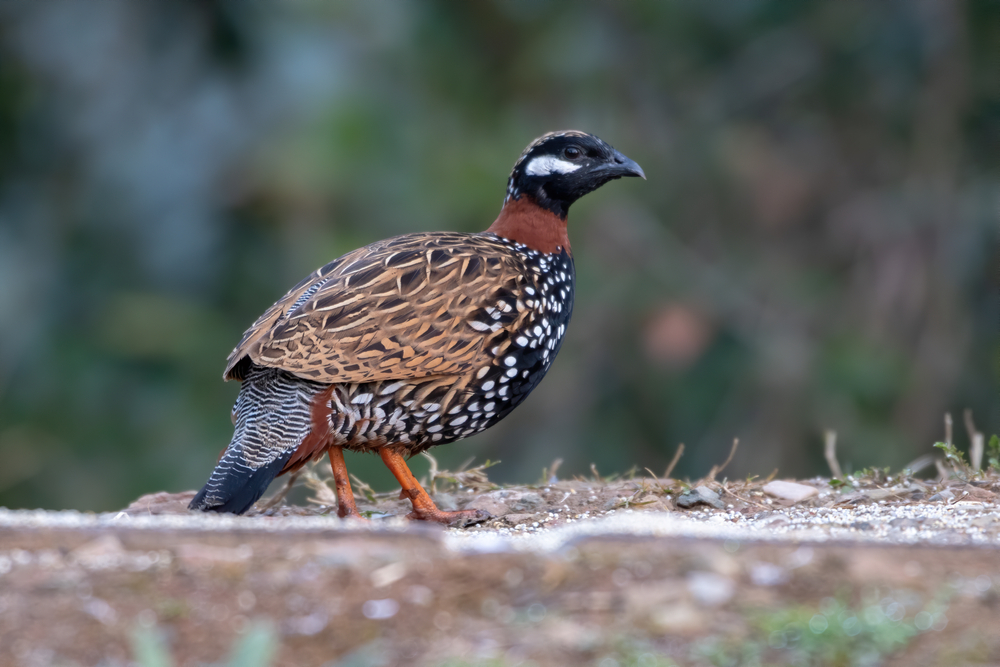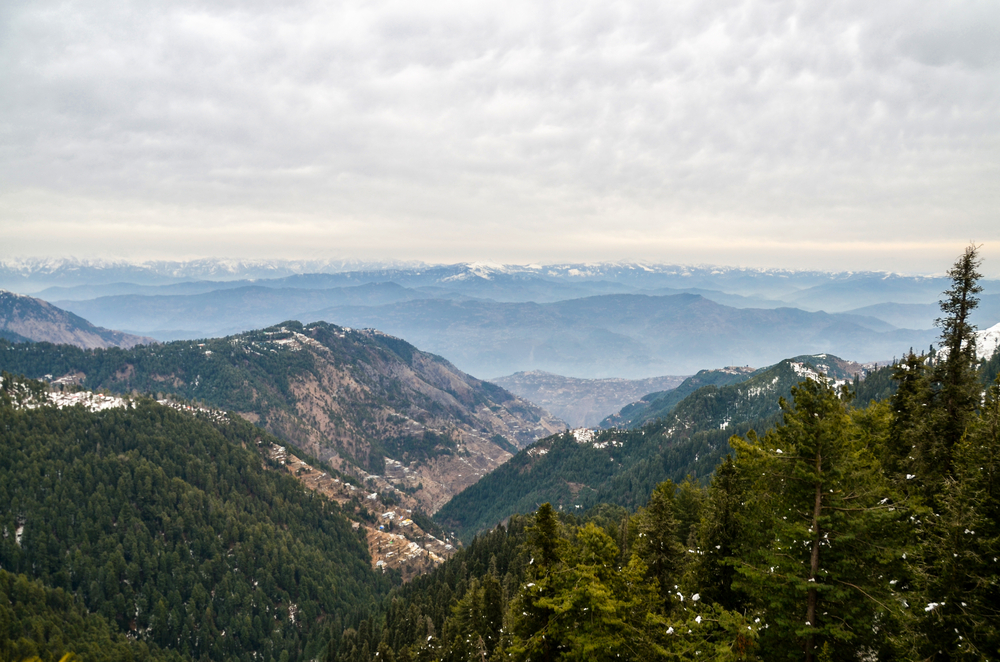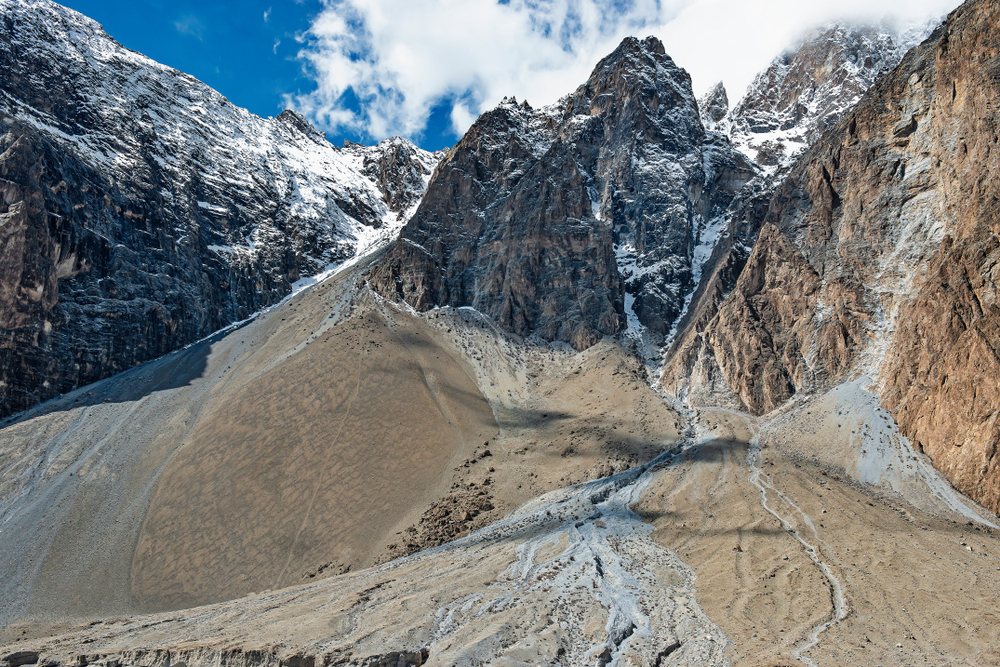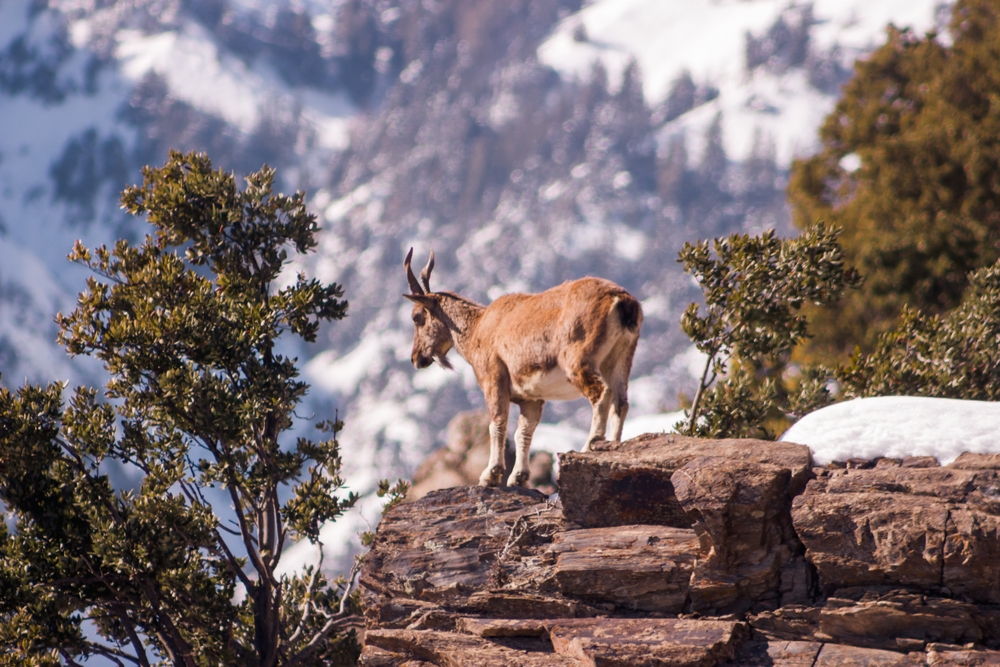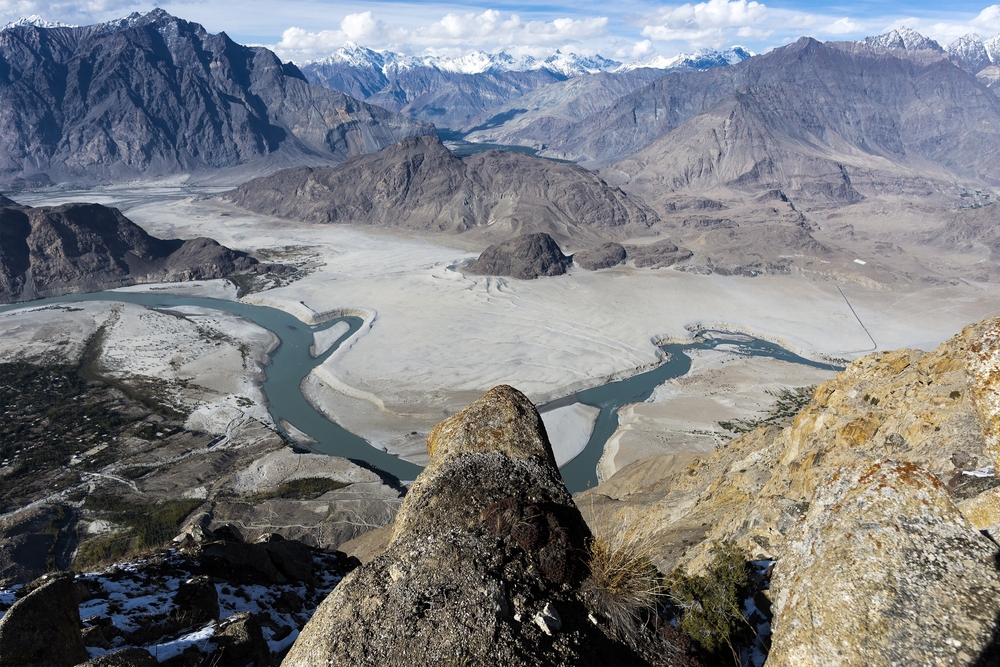Deva Vatala Overview
Deva Vatala National Park, located in Bhimber District of Azad Jammu and Kashmir, Pakistan, covers approximately 29 square kilometers (11.2 square miles). Established in 1998, it is situated near the Indian border, adjacent to Gujrat district.
The park is known for its rich biodiversity and unique landscapes, offering a mix of hilly terrains and plains with elevations ranging from 267 to 536 meters (876 to 1,759 feet) above sea level. As part of the Lower Himalayan Range, the park is dominated by tropical thorn forests, featuring Acacia species and various evergreen trees. The presence of several lakes adds to the region’s ecological significance by attracting a variety of waterfowl.
The park is home to a wide range of wildlife, making it an important conservation area. Among the prominent mammals found here are the Indian leopard, golden jackal, Indian grey mongoose, small Indian civet, Cape hare, wild boar, nilgai, hog deer, and Indian porcupine.
One of its most notable species is the red junglefowl, Pakistan’s only population of this wild ancestor of domestic chickens. The avian diversity also includes the Indian peafowl, black francolin, grey francolin, mallard, northern shoveler, and Eurasian coot. The park also supports a variety of reptiles, including the Indian python, king cobra, and Bengal monitor.
Visitors to Deva Vatala National Park can engage in activities such as wildlife observation, birdwatching, and nature walks. Its diverse habitats support a thriving avian community, making it an excellent destination for bird enthusiasts.
The lakes provide an opportunity to observe waterfowl and other aquatic species, while the scenic landscapes make it a great location for photography. The park’s terrain, with its mixture of forests, open grasslands, and water bodies, offers a visually captivating experience for nature lovers.
Conservation efforts in the park have led to notable successes, particularly in the protection of the red junglefowl. However, challenges remain, including habitat degradation due to human activities, agricultural expansion, and pesticide use.
Conservationists continue to work on mitigating these threats to ensure the park’s biodiversity is preserved for future generations. Maintaining a balance between conservation and sustainable tourism remains a key focus in the park’s management.








































































